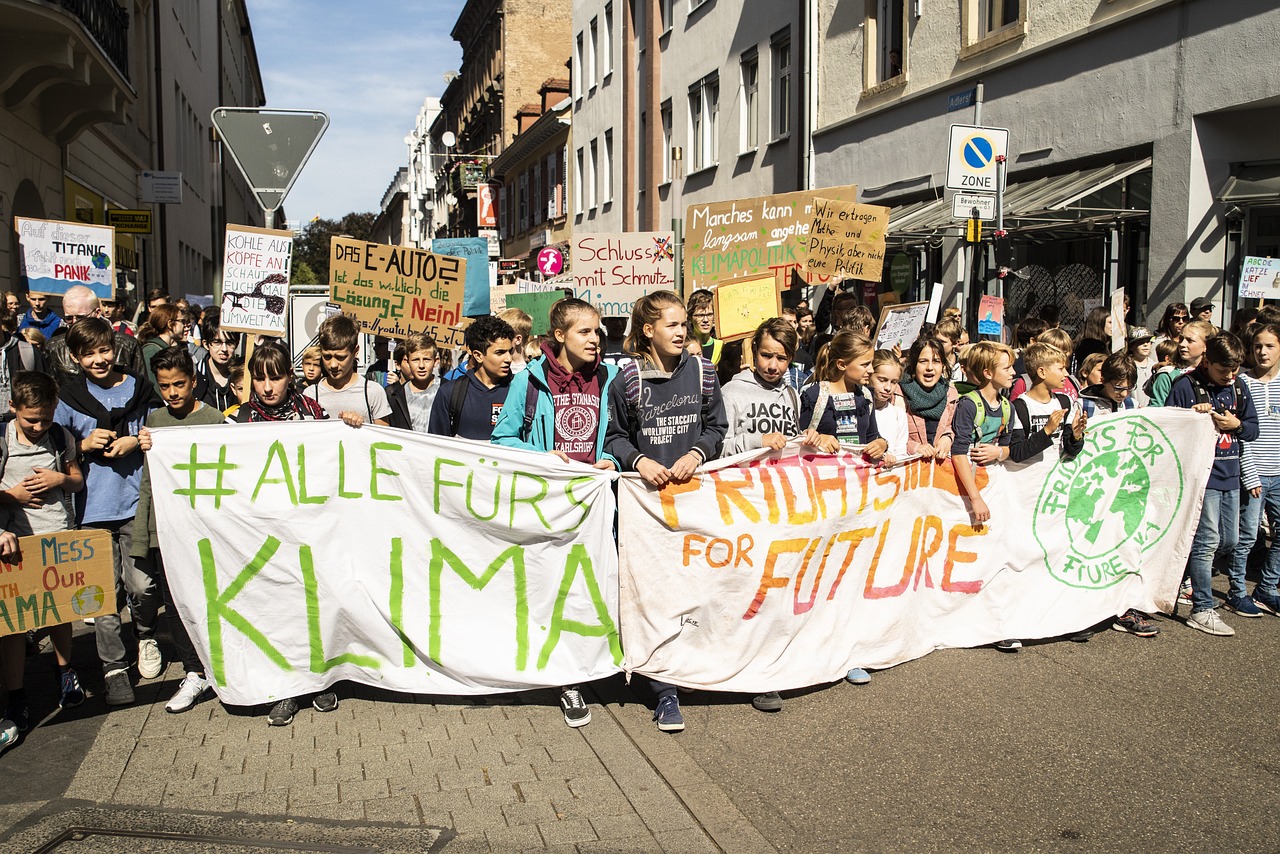Climate rescue and sustainability explained
Climate rescue and sustainability, UNEP, and more…
The Unsung Champions of Climate Change: Plants, Soil, and Water
The climate crisis is upon us, and it’s time to recognize the unsung heroes fighting on the front lines: plants, soil, and water.
Plants: The Mighty Water Pumps
Trees and other plants are nature’s water pumps. They suck up water from the soil, releasing it back into the atmosphere as vapor. This process, known as transpiration, is the primary driver of the water cycle. Healthy plants mean more moisture in the air, clouds, and rain, which is essential for life on Earth.
Soil: The Nourishing Mother
Soil is the lifeblood of plants and the keeper of water. Its porous structure holds water like a sponge, allowing plants to access it whenever they need it. Healthy soil also absorbs carbon dioxide from the atmosphere, helping to mitigate climate change.
Water: The Elixir of Life
Water is the foundation of all living things. It covers over 70% of our planet and plays a crucial role in regulating the climate. Oceans absorb carbon dioxide, while bodies of water like lakes and rivers moderate temperatures.
Restoring Nature’s Balance
To combat climate change, we must restore the balance between plants, soil, and water. This means replanting trees, protecting forests, and using land wisely. By doing so, we can:
- Enhance water absorption and transpiration
- Increase soil carbon sequestration
- Promote the formation of clouds and rainfall
- Reduce the impacts of droughts and floods
Conclusion
Plants, soil, and water are not just passive observers in the climate crisis. They are active participants, working tirelessly to protect our planet. By recognizing their invaluable role, we can harness their power and join them in the fight against climate change. It’s time to acknowledge the hidden heroes of our planet and work with them to ensure a sustainable future.
The Hidden Heroes of Climate Change: Plants, Soil, and Water
TL;DR – Too Long; Didn’t Read
Trees and plants are like giant water pumps, drawing water from the ground and releasing it back into the air, which helps make clouds and rain. When we cut down forests or damage the soil, it messes up the water cycle, making the climate hotter and drier. To fight climate change, we need to plant more trees, protect our forests, and use land wisely.
A Symphony of Life: The Interconnectedness of Plants, Soil, and Water
Have you ever wondered how plants, soil, and water work together to keep our planet healthy? Imagine a giant, interconnected system where each part plays a crucial role. Plants are the green heroes of this system, drawing water from the soil and releasing it back into the air through their leaves – a process called transpiration.
Think of trees as giant “water fountains”, constantly releasing water vapor into the atmosphere. This water vapor helps form clouds, which bring rain to our land. This cycle of water movement is essential for life on Earth.
The Vital Role of Soils
Soil is like a sponge, holding onto water like a thirsty kid in the desert. Healthy soil is full of tiny spaces that allow water to seep in and be stored, slowly releasing it back to plants and the environment. This helps keep plants hydrated and prevents the ground from drying out too quickly.
Disrupting the Cycle: The Consequences of Deforestation and Soil Degradation
Unfortunately, humans are doing things that disrupt this delicate balance. When we cut down forests for farmland, timber, or development, we’re removing those “water fountains” from the system. This means less water vapor goes into the atmosphere, leading to less rainfall and drier conditions.
Land degradation, where soil is damaged by overuse or bad farming practices, also makes things worse. Without healthy soil, water doesn’t seep in as easily, and more of it runs off, causing floods or ending up in rivers and oceans without reaching plants.
The Impact on Climate: Drought, Heat, and Change
When forests disappear and soils become degraded, it’s not just the local area that suffers. The entire water cycle is disrupted, leading to drier conditions and increased temperatures across wider regions. This can lead to more droughts, wildfires, and other extreme weather events.
A Call to Action: Reversing the Trend
The good news is that we can turn things around! By replanting trees, protecting forests, and using land wisely, we can restore the balance of the water cycle and help combat climate change.
What Can You Do?
- Plant a tree: Every tree you plant helps bring back the water cycle and creates a cooler, healthier environment.
- Reduce your consumption: Buying fewer products means less demand for wood and other resources, helping to protect forests.
- Support sustainable farming: Choosing food from farmers who care for the soil and use water wisely helps protect our planet’s water cycle.
Together, we can create a more sustainable and balanced world for ourselves and future generations.
More on Climate rescue and sustainability…
- Climate change
- Global warming
- Greenhouse gas emissions
- Carbon footprint
- Renewable energy
- Sustainable development
- Sustainable practices
- Green technology
- Eco-friendly
- Climate action
- Climate adaptation
- Climate mitigation
- Climate resilience
- Climate justice
- Environmental sustainability
- Sustainable living
- Green economy
- Circular economy
- UNEP
- United Nations Environment Programme
- Climate rescue
- Sustainability
- Sustainable development goals





